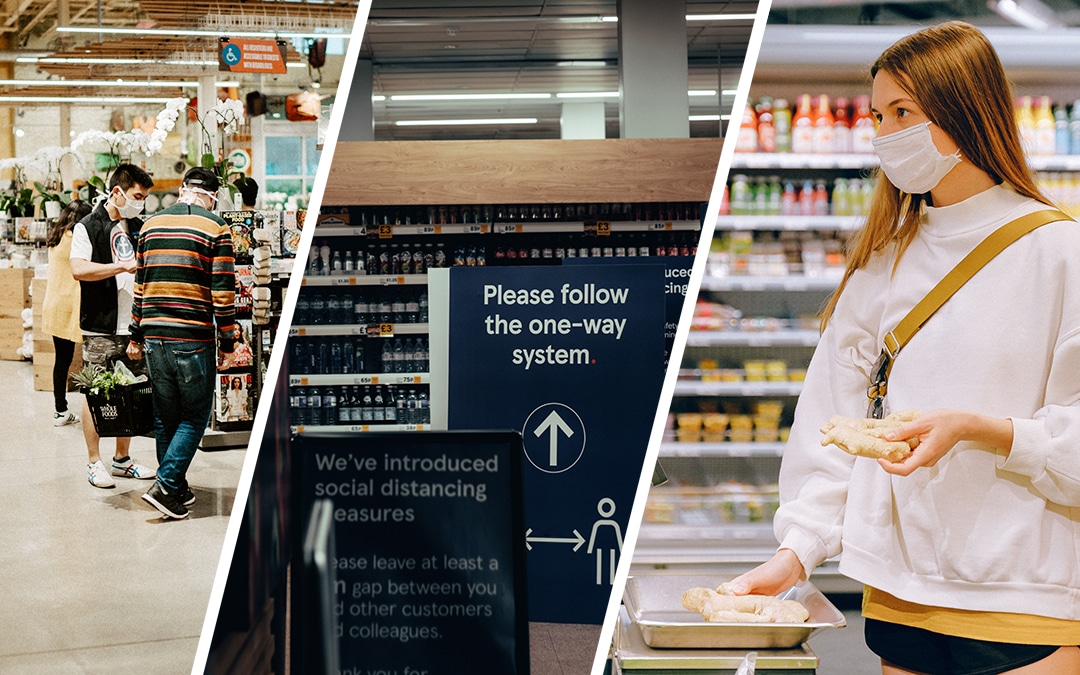How Food Retailers are Preparing for the Second Coronavirus Wave

At the onset of the Coronavirus pandemic, food retailers were taken aback by unprecedented demand from consumers for essential items in store. From disinfectants and toilet paper to canned goods and frozen food items, retail stores experienced supply shortages. Meeting the demands of concerned consumers was almost impossible but somehow retailers found a way to adjust.
So now, as we are beginning to experience another surge of COVID-19 across the country, how are food retailers preparing themselves? Here are some of the things retailers are doing:
Food retailers are expecting customers to begin stockpiling again to prepare for the second Coronavirus wave. That is why retailers are keeping their inventory system and supply chain in shape with the basics like chicken, pork, frozen food items, along with the most sought-after necessities like disinfectants, hand sanitizer, and toilet paper.
Keeping Inventory Updated and Supply Chain Strong
Likewise, since the holiday season is coming, one retailer purchased turkeys and hams for Thanksgiving over the summer months before the start of inventory planning. Also, a national grocery wholesaler has already started filling up shelves with herbal tea and cold remedies to prepare for the cold season ahead.
Reinforcing their E-commerce Platform
About 17.2% of grocery shopping is now done online and its adoption rate is expected to continue. Many people prefer to shop for essentials online especially when their local retailers are out of stock or their preferred brands and items are not available. Likewise, even at the onset of the pandemic, people were already shopping online to avoid large crowds. Omnichannel shopping behavior is here to stay, which is why it is important for retailers to invest in improving the in-store customer experience through strategic merchandising and cross-merchandising items, and most importantly at this time, reinforcing their e-commerce platforms.
Rethinking their Sales Approach
To prevent customers from hoarding, grocery store chains are bringing back purchase limits on essential items. These purchase limit restrictions are critical to ensure customers have access to what they need and prevent customers from buying an excess of products. To that end, grocery stores like Kroger and Publix have implemented purchase limits on items like bath tissue and paper towels due to rising customer demand. Food retailers have also learned which items to prioritize and are keeping stock and how items should be merchandised in-store.
The key lessons we have learned from earlier this year are important for our survival as an industry in the coming months. It is imperative that retailers prepare and apply these experiences in their operations as consumers try to stock up for not only another wave of the virus but also heading into the busiest shopping season of the year.